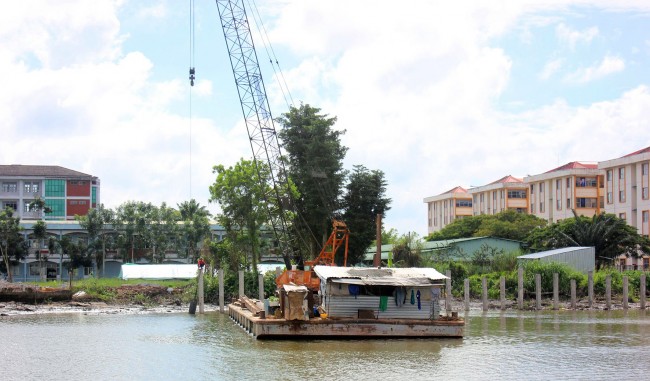Can Tho Urban Area Upgrading Project is part of a master upgrading plan for six urban areas in Cuu Long Mekong Delta. The project aims to reduce poverty by improving people’s living conditions. The other cities are My Tho City in Tien Giang Province, Ca Mau City in Ca Mau Province, Cao Lanh City in Dong Thap Province, Rach Gia City in Kien Giang Province and Tra Vinh City in the province of the same name. The project uses ODA and preferential loans from the World Bank (WB) to upgrade technical infrastructure and social infrastructure for low income urban areas (LIAs). The project has 4 components, implemented in 4 districts of Ninh Kieu, Cai Rang, Binh Thuy and O Mon, with implementation period from 2012 to 2017.
The World Bank has funded 69.9 million USD to help upgrade urban areas in Can Tho, with interest of 2.5% per year within 25 years and 5-year grace period, according to the city's Urban Upgrading Management Commitee. Vietnam’s Government also contributed 20.4 million USD of reciprocal capital to Can Tho city.
Component 1 focuses on upgrading level 3 infrastructure in low-income areas, including investment in improving traffic, water supply, drainage, light system and environmental sanitation on 31 areas in 4 districts of Ninh Kieu, Binh Thuy, Cai Rang, O Mon.

Upgrading Tham Tuong Canal in Ninh Kieu District
Component 2 supports infrastructure level 1, 2; including investment in the construction of clean water distribution pipelines, upgrading 5 main roads of Le Binh ward, Cai Rang district, renovating Bun Xang Lake and canals in the lake basin, improving canals of the south of Bun Xang lake; constructing drainage system of Nguyen Viet Hong Street…

Bun Xang Lake construction
Component 3 invests in resettlement area in Long Tuyen ward, Binh Thuy district (5,5 ha) and infrastructure including schools, clinics, markets and cultural houses. Component 4 implements and manages the project.

Binh Thuy 2 primary school is undertaken in the scope of the project
The project has implemented in two phases, phase 1 from 2012-2014 was disbursed about 30% ODA loans; 2015-2017 was disbursed the remaining ODA. After the project is completed, there are more than 45,000 direct beneficiaries and 479,000 indirect beneficiaries.
Phuong Linh collected










